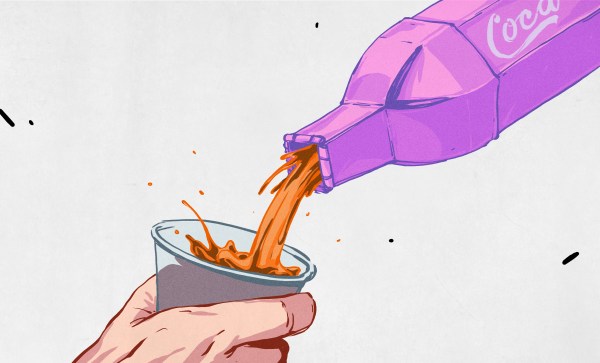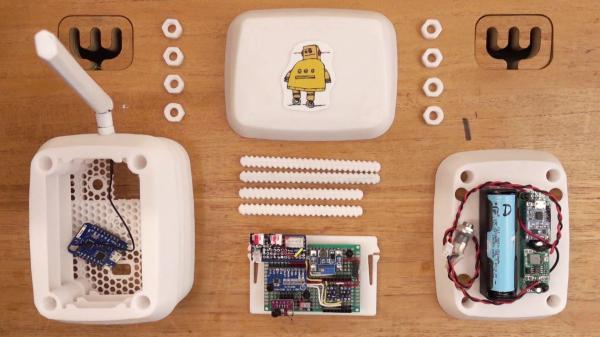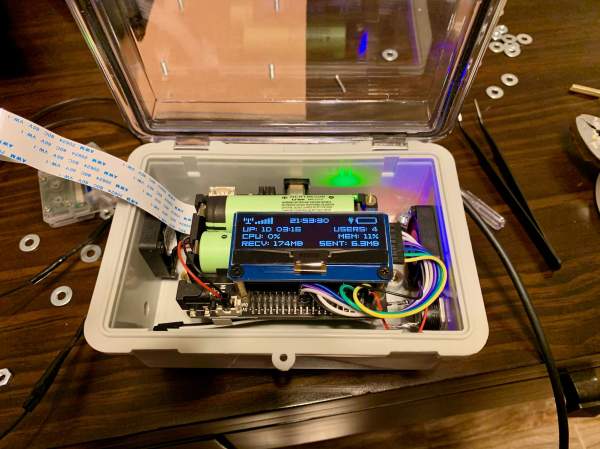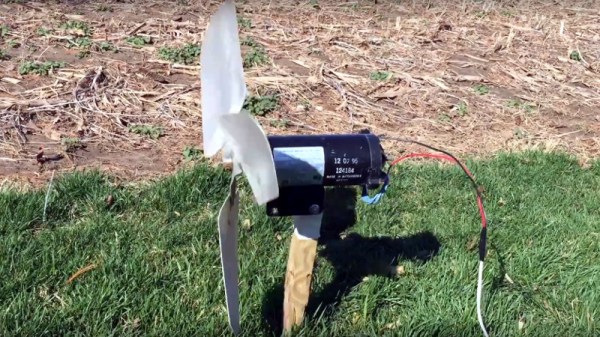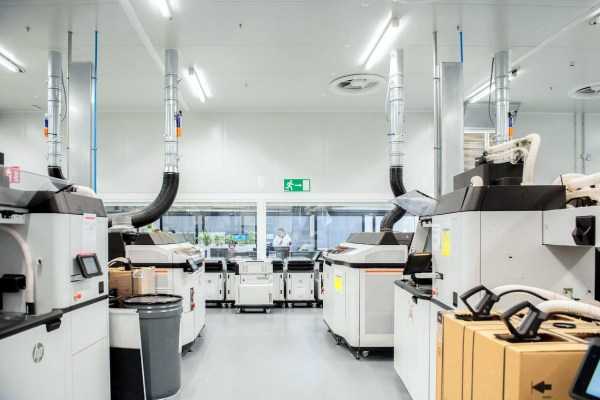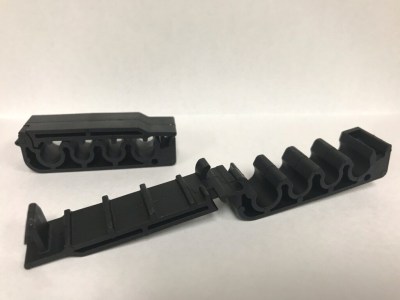Ethiopia is in the midst of a major nation-building project, constructing the Grand Ethiopian Renaissance Dam (GERD). Upon completion, GERD will become the largest hydropower plant in Africa, providing much needed electricity for the country’s growing population.
The project dams the Blue Nile, a river which later flows into neighbouring Sudan, where it merges with the White Nile and then flows on to Egypt. Like all rivers that flow across political boundaries, concerns have been raised about the equitable management of the water resources to the benefit of those upstream and down. Too much water dammed upstream in GERD could have negative effects on Egyptian agriculture reliant on river flows, for example. Efforts are ongoing to find a peaceful solution that suits all parties. Recently, suggestions have been made to supplement the dam’s power output with solar and wind to minimise disruption to the river’s users.
Continue reading “Solar And Wind Could Help Support Ethiopia’s Grand Dam Project”



